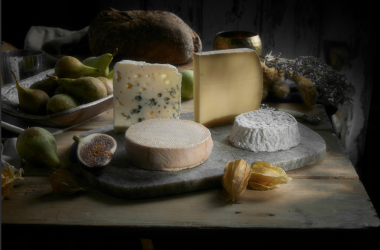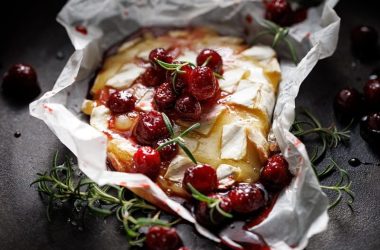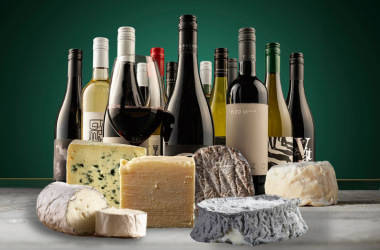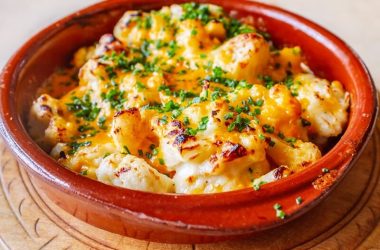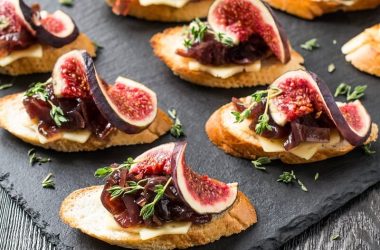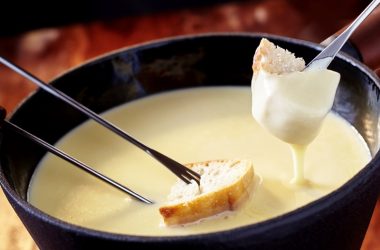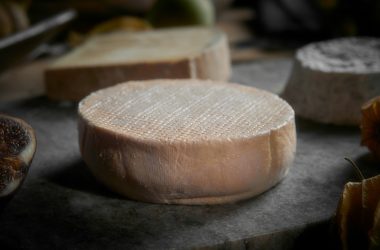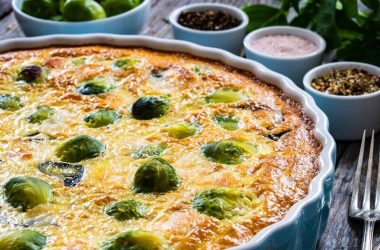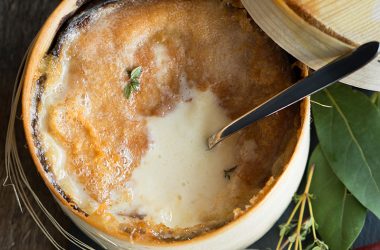Meet The Makers… Charles Martell & Son
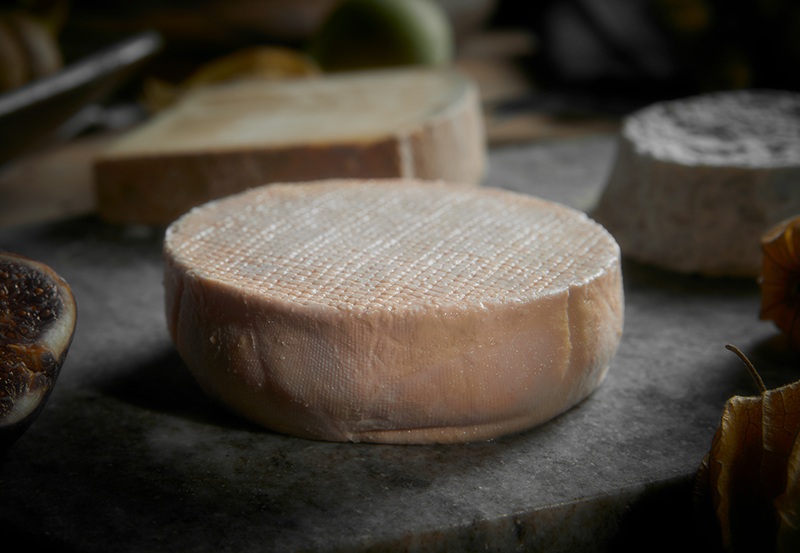
Charles Martell and The British Cheese Revival
When Charles Martell arrived at Hunts Court Farm (Dymock, Gloucestershire) in 1972, the landscape of artisan cheese in Britain was bleak. Farmhouse cheesemaking had nearly all but disappeared, with the big dairies dominating and traditional local varieties vanishing.
Martell’s initial motives were partly preservationist: the Gloucester cattle breed was nearly extinct. He began by hand-milking just three Old Gloucester cows, attempting to make a cheese from their milk. The first cheese, a Double Gloucester, was made in 1973, though Martell himself later admitted it was “awful” by his standards.
Nevertheless, that modest beginning marked the start of a small cheese revolution. In the 1970s and 1980s, thanks to the likes of Major Patrick Rance, the man responsible for the creation of Britain’s farm cheese industry, Britain was seeing renewed interest in artisan and local foods, and Martell became one of the key names helping to resuscitate British farmhouse cheesemaking. Over time, he diversified the farm’s products and gradually built a reputation for high quality, small-scale, terroir-driven cheeses.
The Great Revival of Single Gloucester
One of Martell’s ambitious projects was to resurrect Single Gloucester, a cheese that had essentially died out in modern production. Traditional Gloucester cheese comes in two types – Single and Double – both historically made in Gloucestershire using milk from Gloucester cattle. Double Gloucester had fared better historically; Single Gloucester was more fragile, consumed locally, and more susceptible to decline.
Martell began researching and experimenting in the 1970s, later reviving Single Gloucester on his farm in 1978. But a revived product still needs protection, and in 1997, Martell successfully campaigned for Single Gloucester to be awarded Protected Designation of Origin (PDO) status – placing it on par (legally) with renowned names like Champagne or Stilton.
The PDO rules dictate that Single Gloucester may only be made in Gloucestershire, and only on farms that maintain a herd of Old Gloucester cows.
Martell’s Innovative Double Gloucester
While Single Gloucester was an act of revival, Martell’s work with Double Gloucester involved re-interpretation, quality elevation, and innovation, while retaining true West-Country authenticity.
Double Gloucester is a traditional, semi-hard cheese dating back at least 200 years in Gloucestershire, historically made on many farms in the region. Over time, industrial mass-produced Double Gloucester (often slab format and pasteurised) became the norm in supermarket lanes.
When Martell made his first cheese, it was a Double Gloucester. He committed to using Old Gloucester milk, promoting stricter standards, and reviving the farmhouse method. In his version, the cheese is full fat with natural rind giving it the traditional appearance and an irresistible flavour that still remains today.
Stinking Bishop – Martell’s Masterpiece
Perhaps Martell’s best-known creation is Stinking Bishop, a washed-rind, semi-soft cheese first launched in 1994. Though the name is playful, the cheese itself reflects deep regional ties and technical innovation.
Stinking Bishop remains Charles Martell’s most famous creation, but it also symbolises his wider approach to cheesemaking: rooted in Gloucestershire’s traditions yet unafraid of reimagination. By washing the cheese in perry from the locally named ‘Stinking Bishop’ pear, Martell not only gave it its unforgettable name and character but also tied it inseparably to the region’s orchard heritage. Its surge in popularity after featuring in Wallace & Gromit may have brought international fame, yet at heart it reflects the same values that define all of Martell’s work – a commitment to reviving, protecting and celebrating the distinct flavours of Gloucestershire.
Read the full history of Stinking Bishop here.
Modern Day Martell
Today, Charles Martell & Son continue to epitomise artisan farming with a line-up as eccentric as it is distinctive. Their portfolio now extends well beyond the classics to include creative offerings including…
- Hulla Baloo – a zesty, blue-veined semi-soft bursting with personality
- May Hill Green – a creamy, nettle-coated soft cheese supported with a beechwood lath
- Slack-ma-Girdle – an elegant natural-rind soft cheese with delicate buttery-lemon notes
- Hereford Hop – a firm cheese encrusted with toasted hops for aromatic punch
- Double Berkeley – a naturally-rinded full fat hard cheese with a mottled appearance
Beyond their cheesemaking, the Martell family have revived a 17th-century distillery on the farm, installing a wood-fired, pear-headed copper pot still that is capable of distilling over 1,000 litres of cider, perry or wine into brandy per day! This revival not only connects them to Hunts Court’s historic role in distilling, but also strengthens their commitment to rooted, artisanal production in Gloucestershire.
In an era dominated by large-scale dairies and mass-produced food and drink, Charles Martell & Son stands as a reminder that authenticity, craft and a touch of innovation can still thrive – and taste all the better for it.
Has all this cheese talk made you hungry? Why not treat yourself to some Stinking Bishop so you can taste the Martell magic for yourself.


